Kitchens have changed dramatically over the decades. Many tools our grandparents couldn’t live without have disappeared from modern countertops, replaced by electric gadgets or simply forgotten. These vintage cooking implements tell fascinating stories about how food preparation has evolved and how technology has transformed our daily routines in the kitchen.
1. Butter Churn
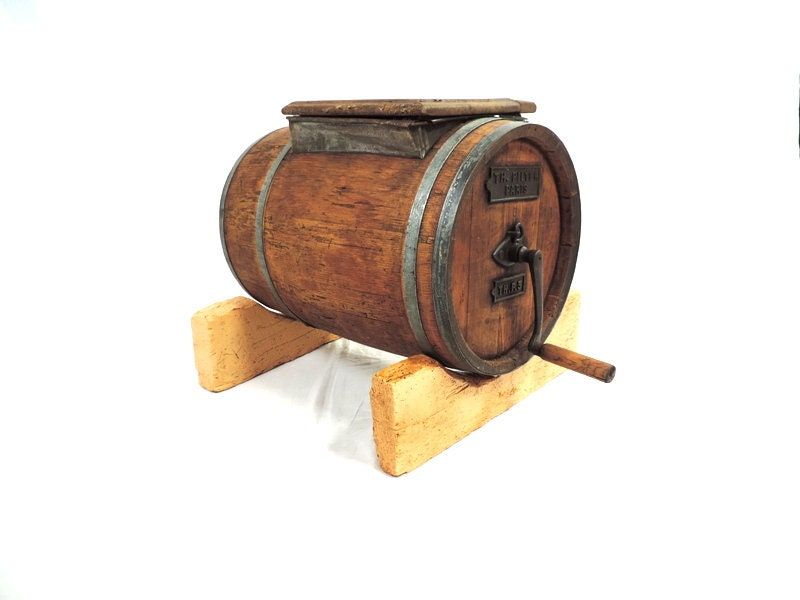
Remember those scenes in old movies where someone sits patiently churning cream into butter? This wooden or glass contraption required serious elbow grease! Families would pour fresh cream inside, then pump the plunger up and down repeatedly until the fat molecules clumped together, separating from the buttermilk.
The process could take anywhere from 30 minutes to several hours, depending on cream temperature and churning speed. Children were often assigned this tedious task while adults handled other chores.
Today, electric mixers accomplish the same job in minutes, and most people simply grab a stick of butter from the grocery store. The humble butter churn has retreated to museum displays and antique shops, a reminder of when creating basic ingredients demanded significant time and physical effort.
2. Hand-Crank Egg Beater
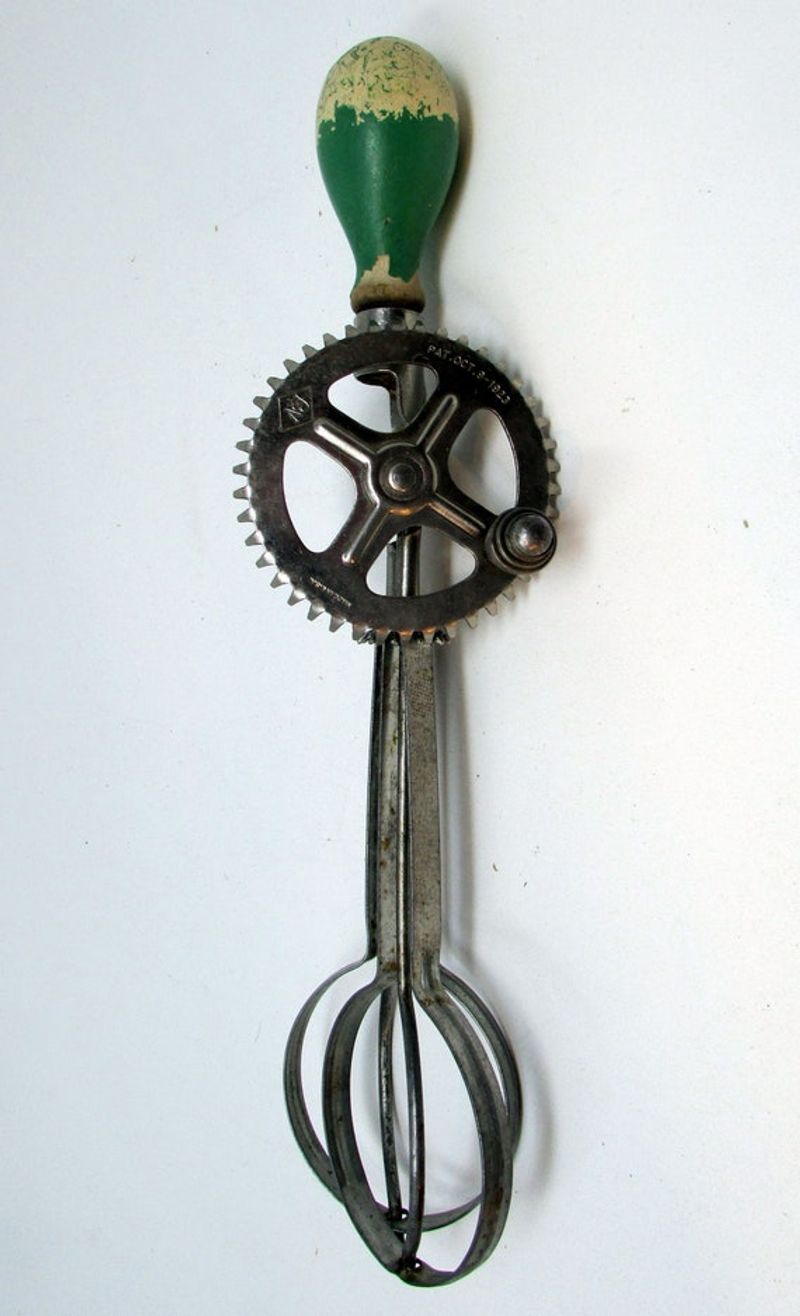
Sporting two interlocking metal beaters powered by a hand crank and gears, this ingenious device revolutionized mixing before electricity entered kitchens. Cooks would hold the beater in one hand while turning the crank with the other, creating a mechanical advantage that whipped eggs or cream faster than a fork or whisk could manage.
These beaters were a prized possession in early 20th-century kitchens, often hanging prominently on kitchen walls. Their distinctive clicking sound announced that something delicious was in the works.
While some nostalgic bakers still keep one around, most home cooks now rely on electric hand mixers or stand mixers that require no physical exertion. The hand-crank beater represents an elegant mechanical solution from a time when human power drove kitchen innovation.
3. Manual Meat Grinder
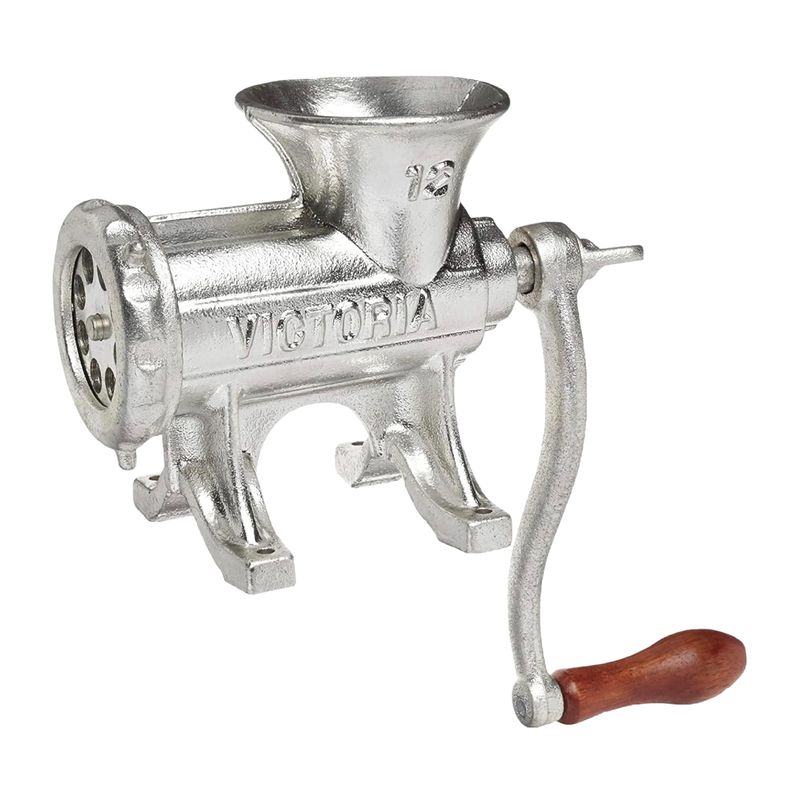
Mounted to countertops with sturdy clamps, these heavy cast-iron machines transformed leftover meat into fresh ground beef, sausage, or meatloaf mix. Feeding chunks of meat into the hopper, cooks would turn the crank to push meat through a perforated plate, creating uniform ground meat.
Families processed their own meat for economic and quality reasons. Nothing went to waste—Sunday’s roast could become Tuesday’s hamburgers with this versatile tool.
Food processors, pre-packaged ground meats, and electric grinders have largely replaced these labor-intensive devices in modern kitchens. Yet some dedicated home cooks still prize manual grinders for making specialty sausages or controlling exactly what goes into their ground meat—a reminder that sometimes older technology offers control that convenience foods cannot match.
4. Molcajete
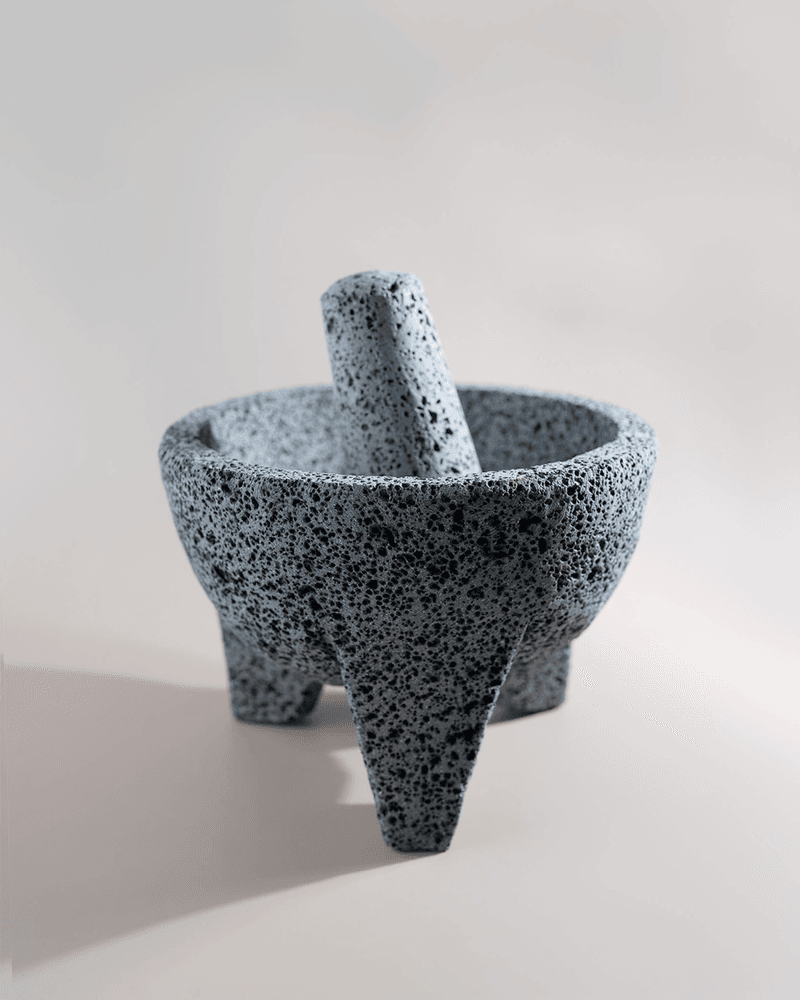
Carved from volcanic rock, this Mexican mortar and pestle predates European contact in the Americas. The rough, porous surface of the bowl and pestle creates the perfect amount of friction to pulverize herbs, spices, and chilies into pastes and salsas with complex flavor profiles that electric blenders simply cannot replicate.
Families passed these durable tools down through generations, with each use seasoning the stone and deepening its character. The distinctive scraping sound of pestle against stone announced the preparation of fresh salsa or guacamole.
While still treasured in traditional Mexican kitchens and by culinary purists, the molcajete has largely surrendered its daily duties to food processors and blenders in most American homes. Its disappearance represents our trade of time-intensive, arm-strengthening food preparation for push-button convenience.
5. Rolling Butter Mold
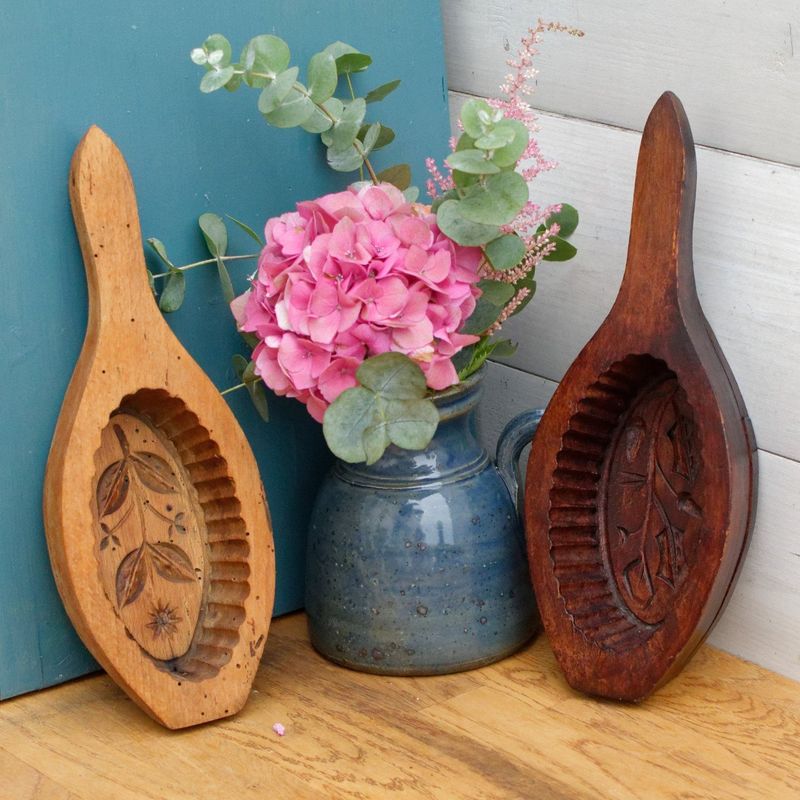
Carved from wood with intricate designs of flowers, wheat stalks, or family crests, butter molds transformed freshly churned butter into decorative works of art for the dining table. Homemakers would pack soft butter into these molds, then press or roll it out to create beautiful pats adorned with detailed impressions.
Beyond mere decoration, the designs served as a personal signature. Farm families selling butter at local markets used unique molds to identify their products, creating an early form of brand recognition.
Mass-produced, uniformly shaped butter sticks wrapped in measured paper have eliminated the need for these artistic tools. Modern refrigeration and commercial dairy processing have turned butter from a handcrafted farm product into a standardized commodity, and with it, we’ve lost the small joy of serving beautifully decorated butter at special meals.
6. Tin Potato Ricer
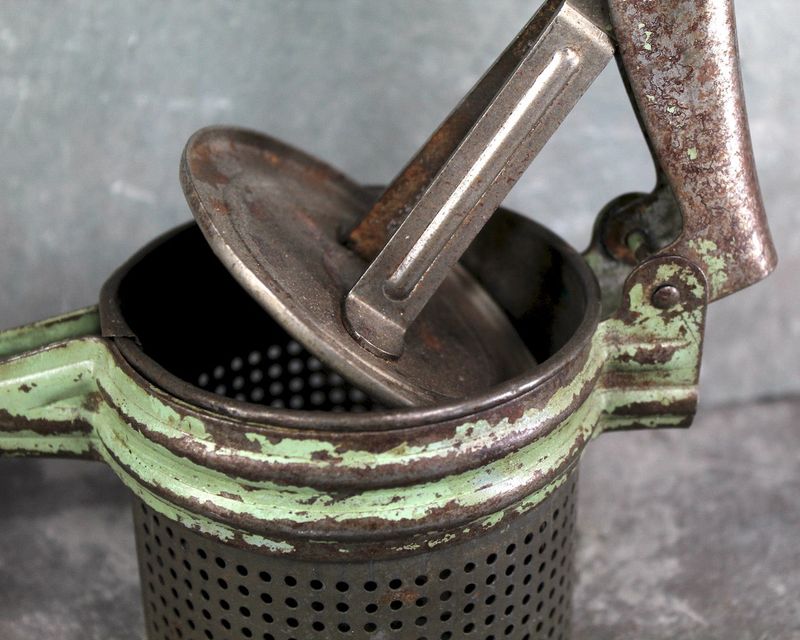
Looking somewhat like an oversized garlic press, the tin potato ricer forced cooked potatoes through small holes to create fluffy, rice-like strands. Grandma would load boiled potatoes into the chamber, then squeeze the handles together with surprising force, causing the potato to extrude through the perforated base in delicate threads.
This tool created cloud-like mashed potatoes without the gumminess that can come from over-mixing. The resulting texture was perfect for dishes like potato pancakes or exceptionally light shepherd’s pie topping.
While still available today (often in stainless steel rather than tin), the potato ricer has been largely displaced by food mills, electric mixers, and even instant mashed potatoes. Its specialized nature and the arm strength required to operate it have relegated this once-common tool to the back of kitchen drawers or vintage collections.
7. Lard Press
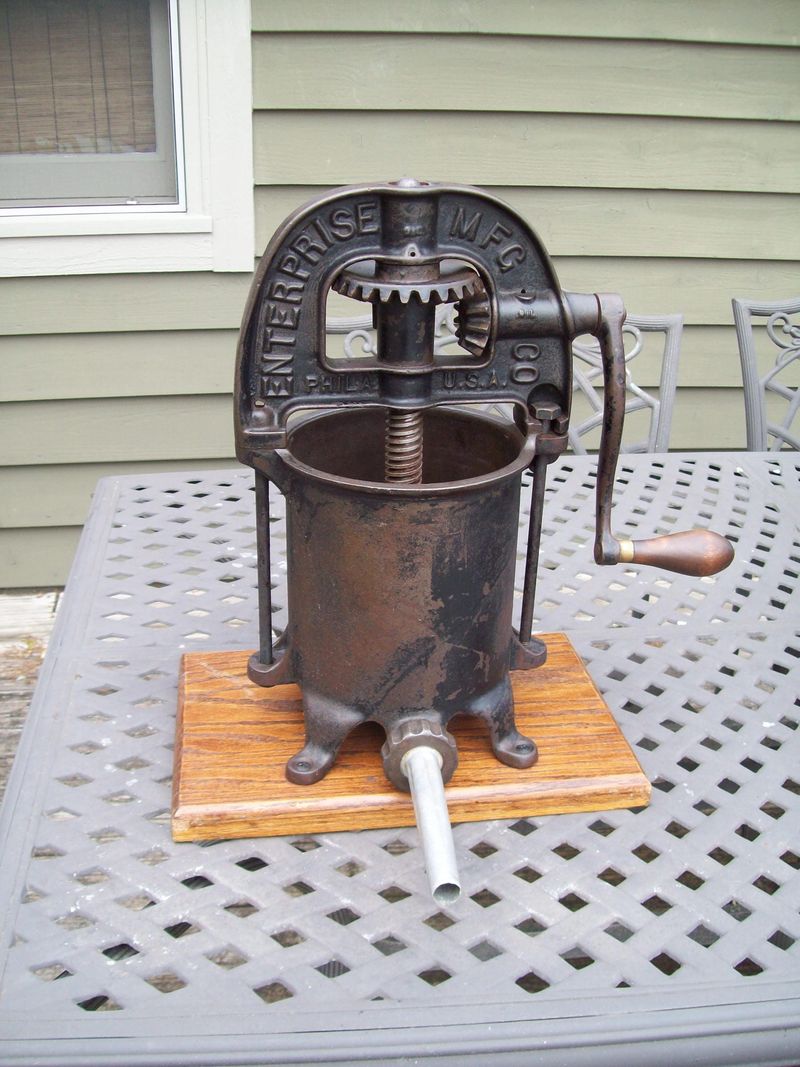
Resembling a small barrel with a heavy screw press, this specialized tool extracted every valuable drop of lard from rendered pork fat. Farm families would cook down fat trimmings, then transfer them to the press where mechanical force would squeeze out the remaining liquid fat, leaving only crispy cracklings behind.
Nothing went to waste in traditional kitchens. The extracted lard became the primary cooking fat for everything from frying to pastry-making, while the cracklings served as a savory snack or flavor addition to cornbread.
Commercial vegetable shortenings, health concerns about animal fats, and the decline of home butchering have made the lard press virtually extinct in modern kitchens. Its disappearance reflects our shift away from self-sufficient food processing and the lost art of utilizing every part of butchered animals.
8. Manual Coffee Grinder
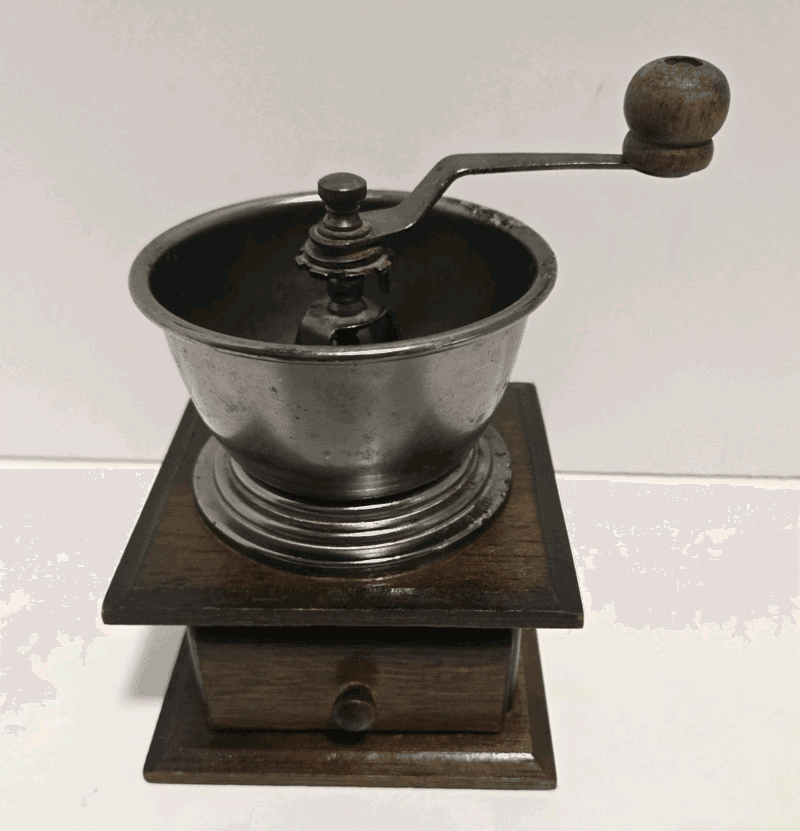
Typically featuring a small wooden box with a metal grinding mechanism and drawer, these charming devices filled kitchens with the unmistakable aroma of freshly ground coffee beans. Coffee lovers would fill the top compartment with roasted beans, then turn the metal crank repeatedly to crush them between adjustable burrs.
The morning ritual of grinding beans by hand connected coffee drinkers directly to their brew. The physical effort and wonderful smell created a sensory experience that automated methods can’t replicate.
While artisanal coffee culture has brought some renewed interest in manual grinding, most households now opt for electric blade or burr grinders that process beans in seconds rather than minutes. Pre-ground coffee has further eliminated the need for home grinding altogether, sacrificing freshness for convenience in our hurried morning routines.
9. Glass Citrus Reamer
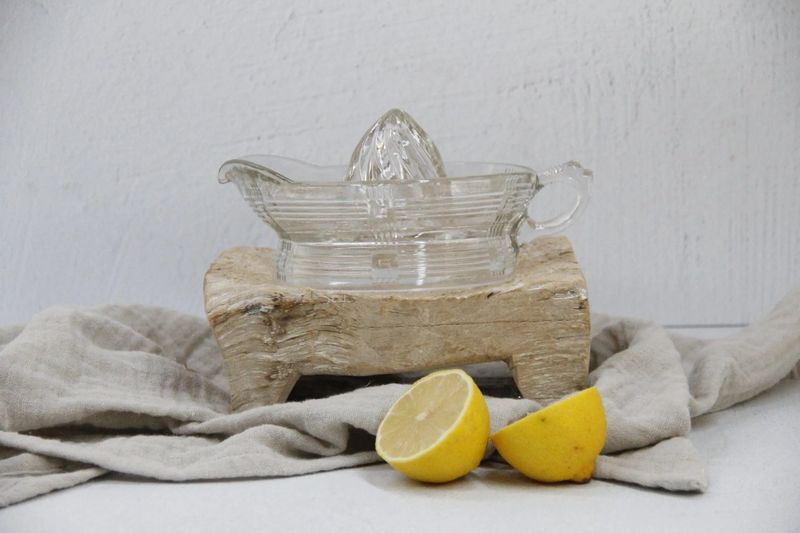
Made from heavy pressed glass with a central conical reamer and surrounding collection bowl, these elegant tools efficiently extracted juice from citrus fruits. The ribbed central cone would be pressed into halved lemons or oranges, the sharp ridges breaking open juice cells while the surrounding bowl caught every precious drop.
The clear glass allowed cooks to see exactly how much juice they’d extracted and easily spot any seeds that needed removing. Their substantial weight provided stability during the pressing process.
While glass reamers still exist, many kitchens have replaced them with plastic juicers, electric citrus presses, or simply squeeze bottles of pre-extracted juice. The disappearance of these beautiful, functional tools represents our shift toward disposable plastic kitchenware and convenience ingredients that save time but often sacrifice freshness and sensory connection to our food.
10. Toaster Fork

Long before electric toasters, families used these extended forks with wooden handles and wire prongs to hold bread slices over open flames. Breakfast preparation meant carefully positioning bread near the heat source—whether fireplace, wood stove, or gas burner—and manually rotating it to achieve even browning.
Children often earned their kitchen apprenticeship with this simple but important task. The smell of slightly charred bread would signal the start of the day in homes across America.
Modern electric toasters have completely eliminated this time-consuming process, offering push-button convenience and consistent results. The toaster fork now exists primarily as a curiosity in antique shops, a reminder of when even the simplest breakfast preparations required active attention and a relationship with fire.
11. Wire Balloon Whisk
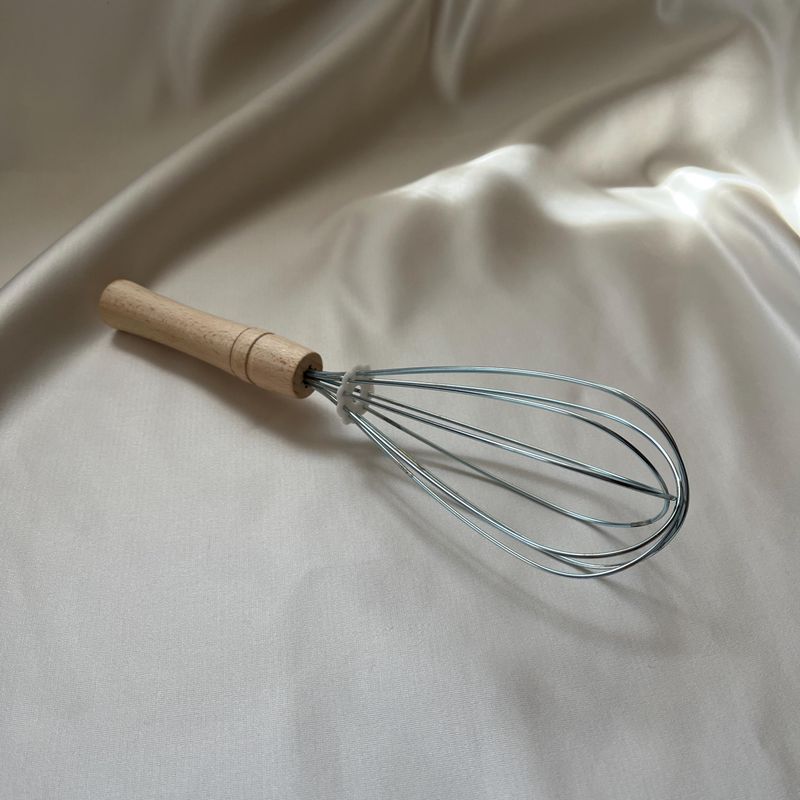
Before electric mixers dominated kitchens, the wire balloon whisk reigned supreme for incorporating air into everything from egg whites to cream. The looped wire design maximized surface area, allowing skilled cooks to create meringues and soufflés through sheer arm strength and technique.
Whisking by hand was both art and science. Cooks developed a feel for when egg whites reached soft or stiff peaks, sensing the changing resistance against the whisk as proteins unfolded and air bubbles formed.
While still present in most kitchens, the balloon whisk has been demoted from essential to occasional use as electric mixers handle most aerating tasks. Something has been lost in this transition—the intimate knowledge of how ingredients transform and the satisfaction of creating culinary magic through simple manual tools and well-developed technique rather than motorized shortcuts.
12. Ceramic Pie Weights
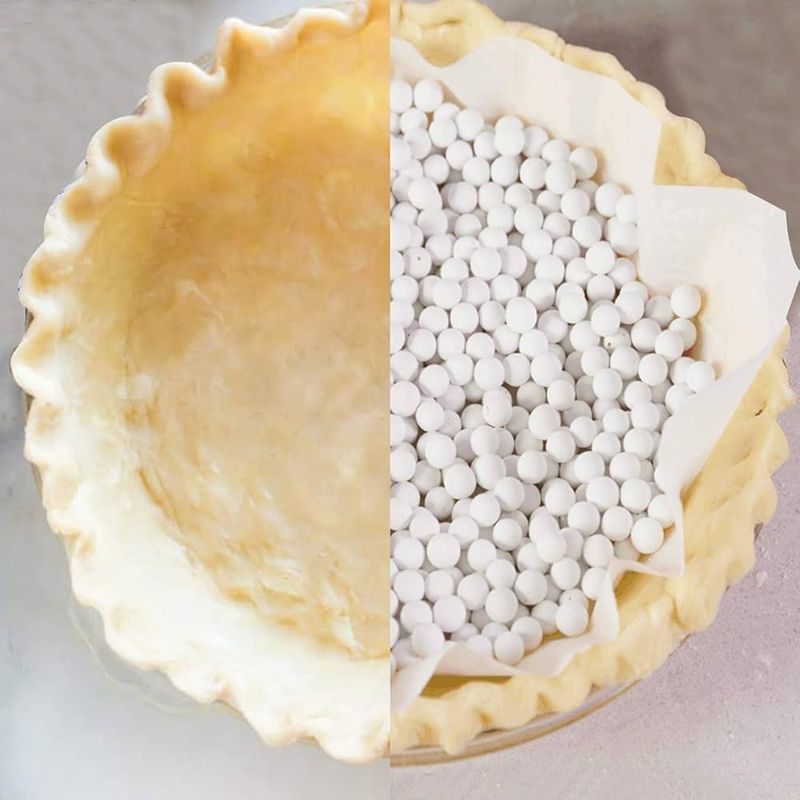
Small, unglazed ceramic balls once essential for blind baking pie crusts, these humble tools prevented pastry from bubbling up during pre-baking. Bakers would line their raw pie crust with parchment, then pour in these small weights to hold the dough in place while it set in the oven.
Each little ball stored heat evenly, ensuring the crust baked uniformly from edge to center. After use, they’d be carefully collected, cooled, and stored for the next pie-making session.
Modern bakers often substitute dried beans, rice, or specialized silicone mats for these traditional weights. Some simply dock their crusts with a fork instead. The decline of these specialized tools reflects both our search for multi-purpose kitchen items and the decreasing frequency with which many home cooks make pies from scratch.
13. Pastry Wheel
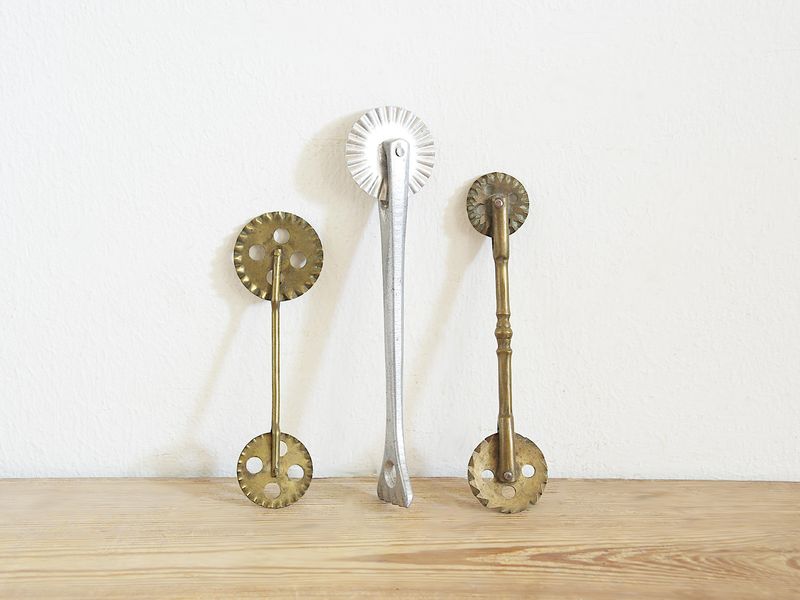
Featuring a wooden handle connected to a metal wheel with fluted or straight edges, this specialized tool created decorative edges on pie crusts and pasta dough. The fluted version produced pretty zigzag patterns that sealed pie edges while adding visual appeal; straight versions made clean cuts for lattice tops.
Serious pastry makers took pride in their decorative edges. The distinctive crimped pattern signaled to family and guests that the pie was homemade with care and attention to detail.
While still available, pastry wheels have largely been replaced by pizza cutters, kitchen scissors, or simple knife cuts. As fewer people make pastry from scratch, the specialized tools of the trade have migrated from everyday necessity to occasional-use gadgets. The decline of the pastry wheel represents our shifting relationship with baking—from daily practice to special occasion.
14. Bread Box
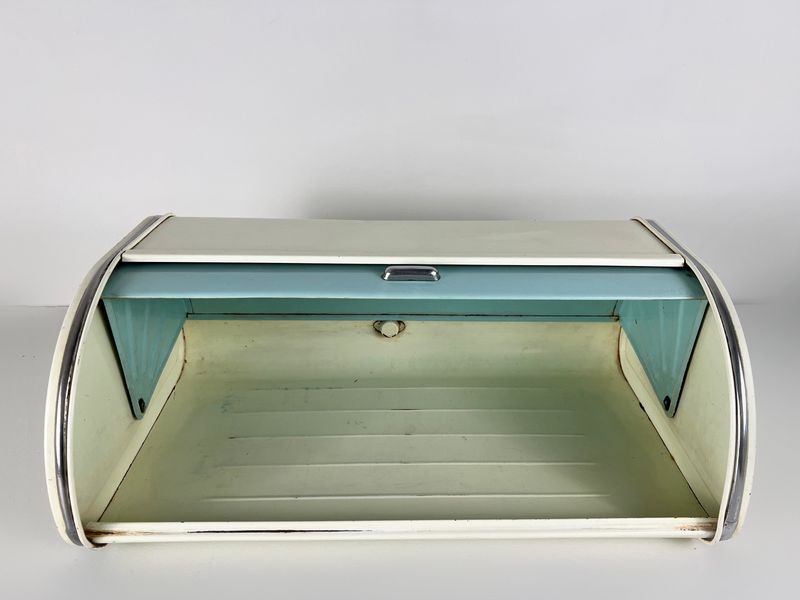
These countertop containers—made from wood, tin, or ceramic with ventilation holes—kept bread fresh in the days before plastic bags and refrigeration. The perfect bread box maintained just enough humidity to prevent loaves from drying out while allowing sufficient air circulation to discourage mold growth.
Daily bread buying was once common practice. Families would send children to the local bakery each morning, then store the fresh loaf in their bread box for the day’s meals.
Modern preservatives, plastic packaging, and refrigeration have made bread boxes largely unnecessary for their original purpose. While some kitchens still feature them for nostalgia or aesthetic reasons, their functional role has diminished. Their decline mirrors our shift from daily fresh bread to commercially produced loaves designed for extended shelf life.
15. Manual Ice Cream Maker
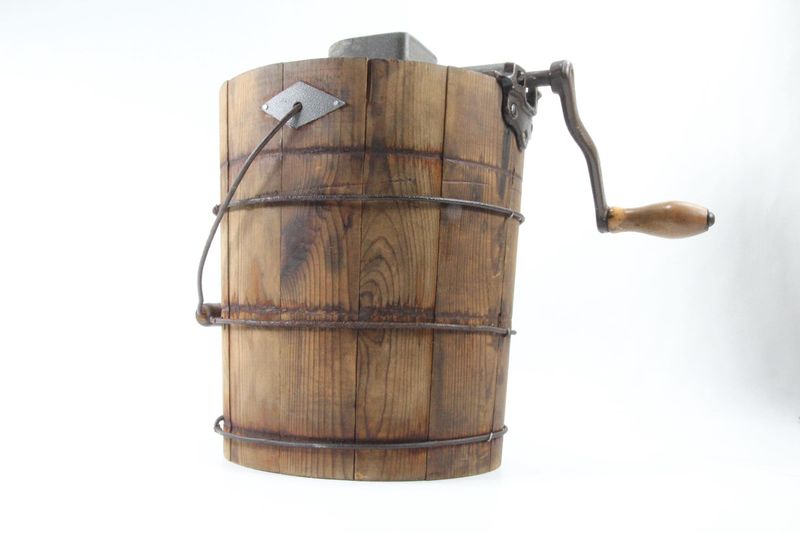
Summer gatherings once centered around these wooden bucket contraptions filled with ice and rock salt. Inside, a metal canister containing cream, sugar, and flavorings would be turned continuously by hand crank, gradually freezing into ice cream as the salt lowered the ice’s freezing temperature.
Making ice cream was a family affair. Children took turns cranking while adults monitored consistency, with anticipation building as the handle became harder to turn—a sign that freezing was underway.
Electric ice cream makers have largely replaced these labor-intensive devices, though some families still bring them out for nostalgic summer gatherings. The transition from manual to electric ice cream making reflects our broader shift away from seeing food preparation as communal entertainment toward valuing convenience and individual consumption.
16. Grease Can
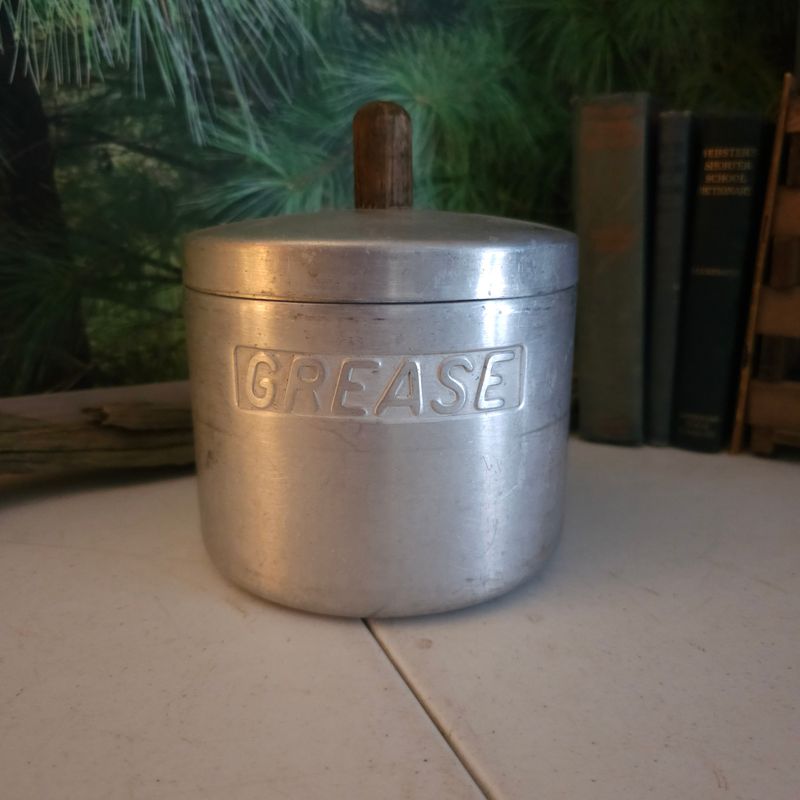
Usually made of tin with a fine mesh strainer on top, these humble containers sat beside the stove, collecting used cooking fat for future use. After frying bacon or other meats, cooks would carefully pour the hot grease through the strainer (which caught food particles) into the can for storage.
Nothing went to waste in traditional kitchens. The saved grease would season cast iron, fry potatoes, or add flavor to beans and greens in subsequent meals.
Health concerns about reused fats, the rise of vegetable oils, and non-stick cookware have made grease cans nearly extinct in modern kitchens. Their disappearance symbolizes our transition from frugal reuse to disposable convenience, as well as changing nutritional priorities that view animal fats with suspicion rather than as valuable cooking resources.
17. Cherry Pitter
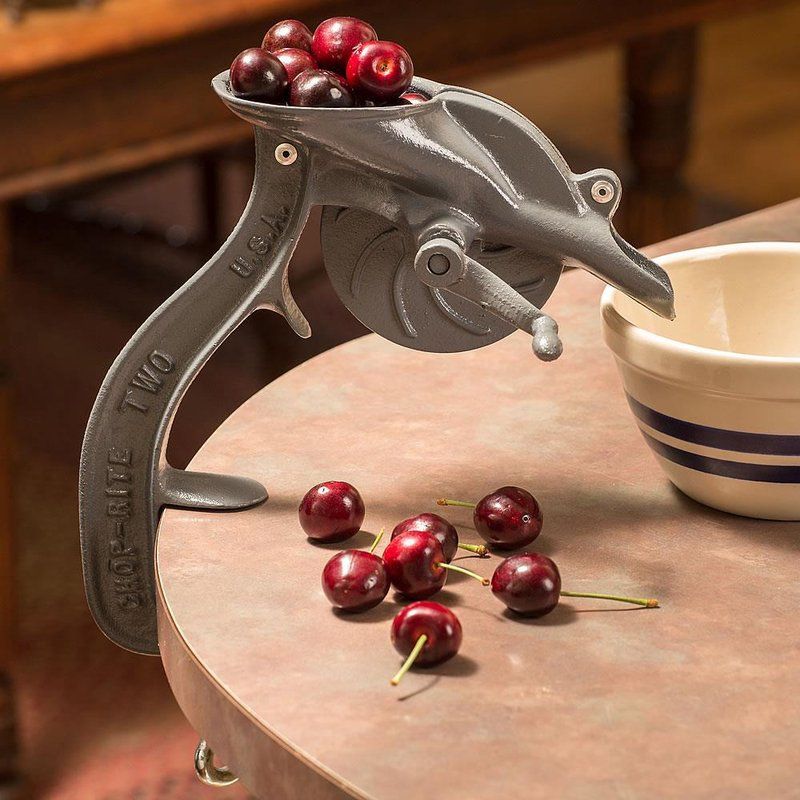
Looking somewhat like a stapler with a spike, this specialized tool removed cherry pits with a quick squeeze of the handles. The cherry would sit in a small cup while the plunger pushed the pit through the fruit and out the bottom—saving fingers from staining and significantly speeding up pie preparation.
Before these devices, pitting cherries meant tedious work with a knife or hairpin. A dedicated cherry pitter could transform a bushel of summer cherries into pie filling in a fraction of the time.
With the availability of frozen, canned, and pre-pitted cherries, many home cooks no longer process fresh cherries in quantity. The cherry pitter has become a seasonal tool at best, pulled out for occasional summer baking rather than essential equipment. Its decline reflects our disconnection from seasonal cooking rhythms and reliance on pre-processed ingredients.
18. Nutmeg Grater
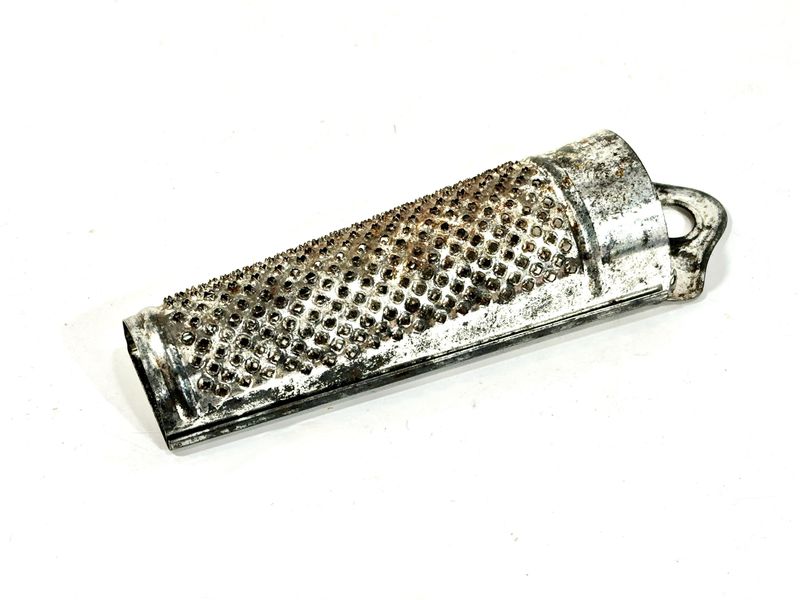
Small enough to fit in a palm, these specialized graters featured fine, sharp holes and often included a small compartment to store whole nutmeg. Cooks would grate the aromatic seed directly over custards, eggnog, or spiced cakes, releasing intensely fragrant oils that pre-ground spices simply cannot match.
Freshly grated nutmeg was the secret weapon of discerning bakers. The distinctive aroma signaled special occasion dishes and holiday treats in many family traditions.
While still used by culinary enthusiasts, dedicated nutmeg graters have largely been replaced by microplane graters or pre-ground spices. As cooking has become more rushed and less sensory-focused, the small pleasure of grating fresh spices has diminished. The nutmeg grater’s decline represents our willingness to sacrifice peak flavor and aromatic experience for the convenience of ready-to-use ingredients.
19. Cookbook Holder
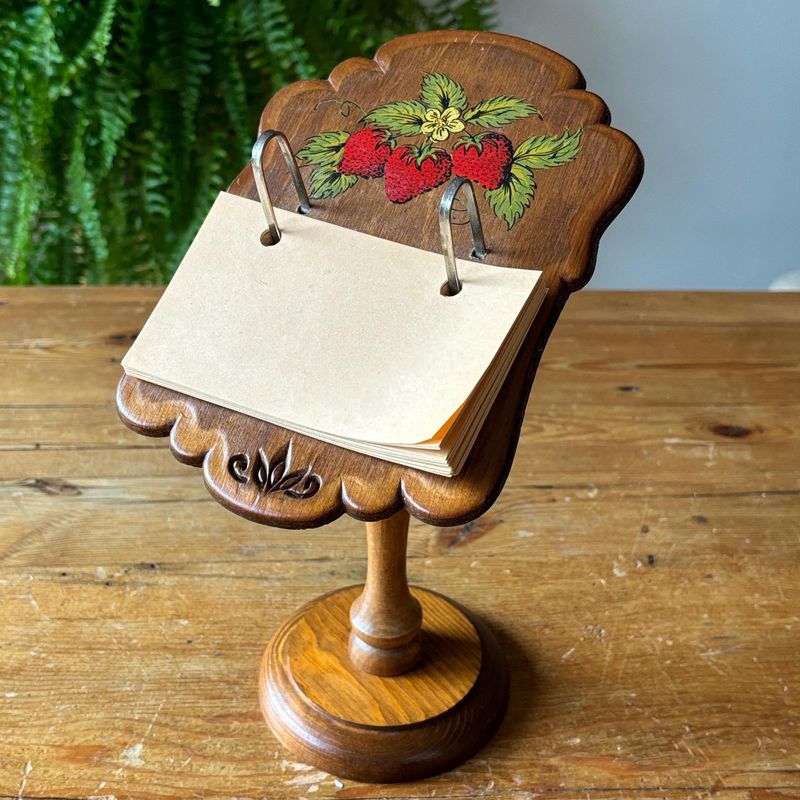
Crafted from wood or metal with an adjustable backing, these practical stands kept cookbooks open to the right page and protected pages from splatters. Some elaborate versions featured glass covers that could be lowered over the recipe while still allowing cooks to read the instructions.
Cookbook holders acknowledged the reality of cooking from written recipes. They kept valuable family cookbooks elevated above counter spills and freed both hands for the actual cooking process.
As digital recipes have replaced printed cookbooks in many kitchens, specialized holders have given way to tablet stands or simply propping phones against kitchen objects. The transition from cookbook holders to digital devices mirrors broader cultural shifts in how cooking knowledge is preserved and transmitted—from physical books passed through generations to ephemeral digital instructions accessed through search engines.
Leave a comment